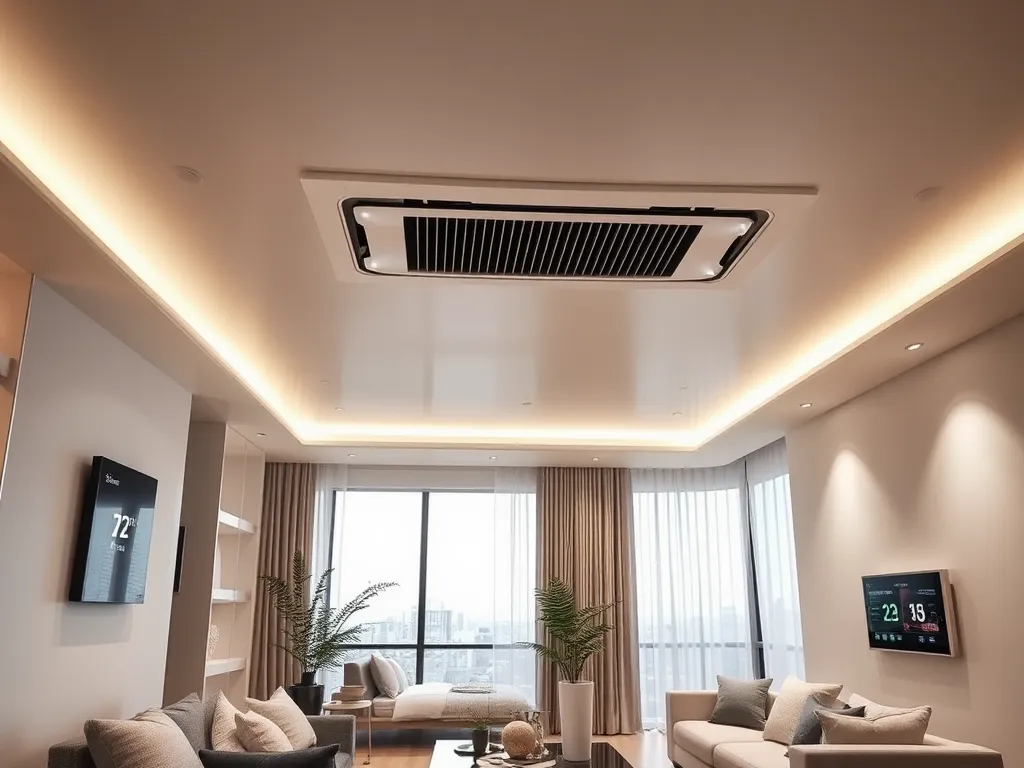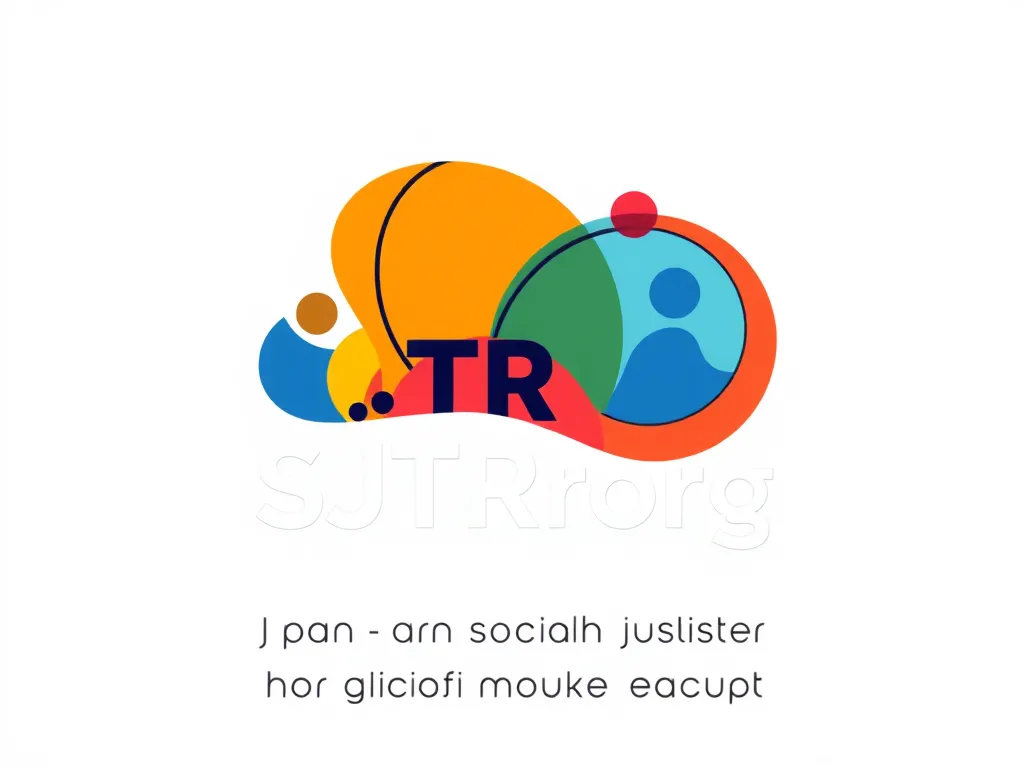Comprehensive Guide to Ducted Air Conditioning Systems

The Ultimate Guide to Ducted Air Conditioning
Ducted air conditioning is a popular choice for homeowners seeking a seamless and efficient solution for climate control throughout their property. This system distributes cooled or heated air through a network of ducts installed within the ceilings or walls, ensuring a consistent and comfortable environment in every room. By strategically placing vents in each area of the home, ducted air conditioning offers convenience and flexibility that other systems may lack.
One of the primary advantages of ducted air conditioning is its ability to cool or heat multiple rooms simultaneously, providing uniform temperatures across the house. Homeowners can enjoy consistent comfort in both summer and winter months, all controlled through a central thermostat. With various settings and programmable options, ducted air conditioning systems can easily adapt to changing weather conditions and personal preferences, making it a top choice for those who prioritize comfort and technology.
Moreover, ducted air conditioning systems can enhance the overall aesthetic of a home. Unlike window-mounted or portable air conditioning units that can be bulky and detract from the decor, ducted systems are mostly hidden from sight. This allows homeowners to enjoy a stylish and uncluttered space, as the ducts and vents can be integrated into the design of the home, blending seamlessly with ceilings and walls. As a result, homeowners can maintain their desired interior design while still achieving effective temperature control.
Ducted air conditioning units are engineered for energy efficiency, which can result in significant cost savings on utility bills. These systems are often equipped with the latest energy-efficient technologies, ensuring that they consume less power while providing superior cooling and heating performance. Additionally, by allowing homeowners to create distinct zones within their property, ducted systems enable selective cooling or heating of certain areas, further optimizing energy usage and costs.
Overall, ducted air conditioning combines elegance, efficiency, and performance, making it an exceptional choice for year-round comfort in any home. With its numerous benefits and the right maintenance, ducted air conditioning systems can ensure a pleasing indoor climate for many years.
Benefits of Ducted Air Conditioning
Energy efficiency is one of the most significant benefits of ducted air conditioning systems. These systems can provide quicker heating and cooling, leading to fewer fluctuations in energy usage and lower utility bills. Additionally, modern ducted units are designed with zoning capabilities, allowing homeowners to only cool or heat areas that are in use, further enhancing energy savings.
Understanding the space required for split ac indoor unit can significantly enhance installation efficiency and overall system effectiveness.
Aesthetic appeal and design flexibility are also key benefits of ducted air conditioning. This type of system is discreetly hidden within the ceiling or walls, meaning that it does not interfere with the interior design of a room. Homeowners can choose vent locations that best fit their space without compromising on style, achieving a clean and modern look throughout their home.
Enhanced air quality and circulation is another advantage of ducted air conditioning. Since these systems utilize a comprehensive duct network, they can filter and circulate air more efficiently than other systems. This leads to improved indoor air quality by reducing allergens, dust, and pollutants, creating a healthier living environment for families.
Ensuring proper mini split clearance from ceiling is crucial for optimal airflow and efficient cooling performance.
Customizable zoning options are a standout feature of ducted air conditioning. Homeowners can set different temperatures for various zones in their home based on usage, preferences, or size. This not only maximizes comfort but also provides significant energy efficiency, as unoccupied spaces can be left uncooled or unheated.
Installation Process of Ducted Air Conditioning
The installation process for ducted air conditioning begins with careful planning of the layout and design of the system. This involves assessing the size of the home, the number of rooms to be serviced, and the best locations for ducts and vents. It’s important to ensure that the system is designed to provide optimal airflow and temperature control.
Choosing the right size system is crucial for effective performance. An undersized unit may struggle to reach desired temperatures, while an oversized unit can result in unnecessary energy use and higher costs. Homeowners should consult with HVAC professionals to determine the right capacity based on square footage and insulation levels.
Professional installation steps typically include the placement of indoor units, ductwork installation, and the setup of an external compressor. Skilled technicians will ensure that all components are correctly fitted, and that the system operates efficiently post-installation.
Post-installation testing and checks are essential to guarantee optimal performance. This phase involves inspecting airflow, checking for leaks, and testing the thermostat controls to ensure the system is balanced and operating as intended.
Maintenance Tips for Ducted Air Conditioning
Regular filter replacement and cleaning are vital for maintaining ducted air conditioning systems. Clogged or dirty filters can restrict airflow, leading to inefficient cooling or heating, and may even contribute to system breakdowns. Homeowners should aim to check and change filters every 1-3 months depending on usage.
The importance of annual servicing cannot be overstated. Professional technicians should inspect the system at least once a year to catch potential issues early and to carry out tasks such as cleaning the ducts, checking refrigerant levels, and ensuring the overall system is functioning at peak efficiency.
Homeowners should be aware of signs of wear and know when to call a professional. Symptoms such as strange noises, uneven temperature distribution, or odors can indicate underlying problems that may require expert attention to avoid costly repairs down the line.
Additionally, there are several DIY maintenance tasks that homeowners can handle themselves, such as replacing filters and cleaning around the outdoor unit to prevent blockages.
Common Issues with Ducted Air Conditioning
Identifying and resolving airflow problems can be one of the most common issues with ducted air conditioning. Homeowners should monitor for inconsistencies in airflow or temperature and investigate potential blockages or leaks in the ductwork.
Dealing with refrigerant leaks is another issue that may arise. Low refrigerant levels can lead to inadequate cooling and may indicate a leak in the system. Homeowners should contact a professional to detect and repair any leaks, as well as to recharge the refrigerant as necessary.
Noise issues can also affect ducted air conditioning systems. Unusual sounds, such as banging or hissing, can indicate problems that require troubleshooting. Common solutions include tightening loose components or addressing misaligned ducts.
Homeowners should evaluate the cost-effectiveness of repairs versus replacement for older ducted systems. If frequent repairs are needed, it may be more economical to invest in a new system that offers improved energy efficiency and performance.
Comparison with Other Air Conditioning Systems
When assessing ducted vs. split systems, it's crucial to weigh the pros and cons. While split systems can be easier to install and more affordable upfront, ducted systems offer the advantage of whole-home comfort without the aesthetic downsides of multiple external units. A ducted system’s central control also adds convenience.
Comparing ducted air conditioning to window units reveals significant differences in efficiency and cost. Ducted systems can manage larger spaces effectively, while window units are often limited in capacity and may lead to higher energy costs over time due to their ineffectiveness in large homes.
Choosing the best system for your home depends on several factors, including size, layout, and budget. Homeowners should consider their unique needs and consult with HVAC professionals to find the most suitable option.
Lastly, the long-term benefits of ducted systems over alternatives are significant. Ducted air conditioning generally offers greater energy efficiency, enhanced comfort, and added home value, making it a worthwhile investment for homeowners seeking quality and reliability.
